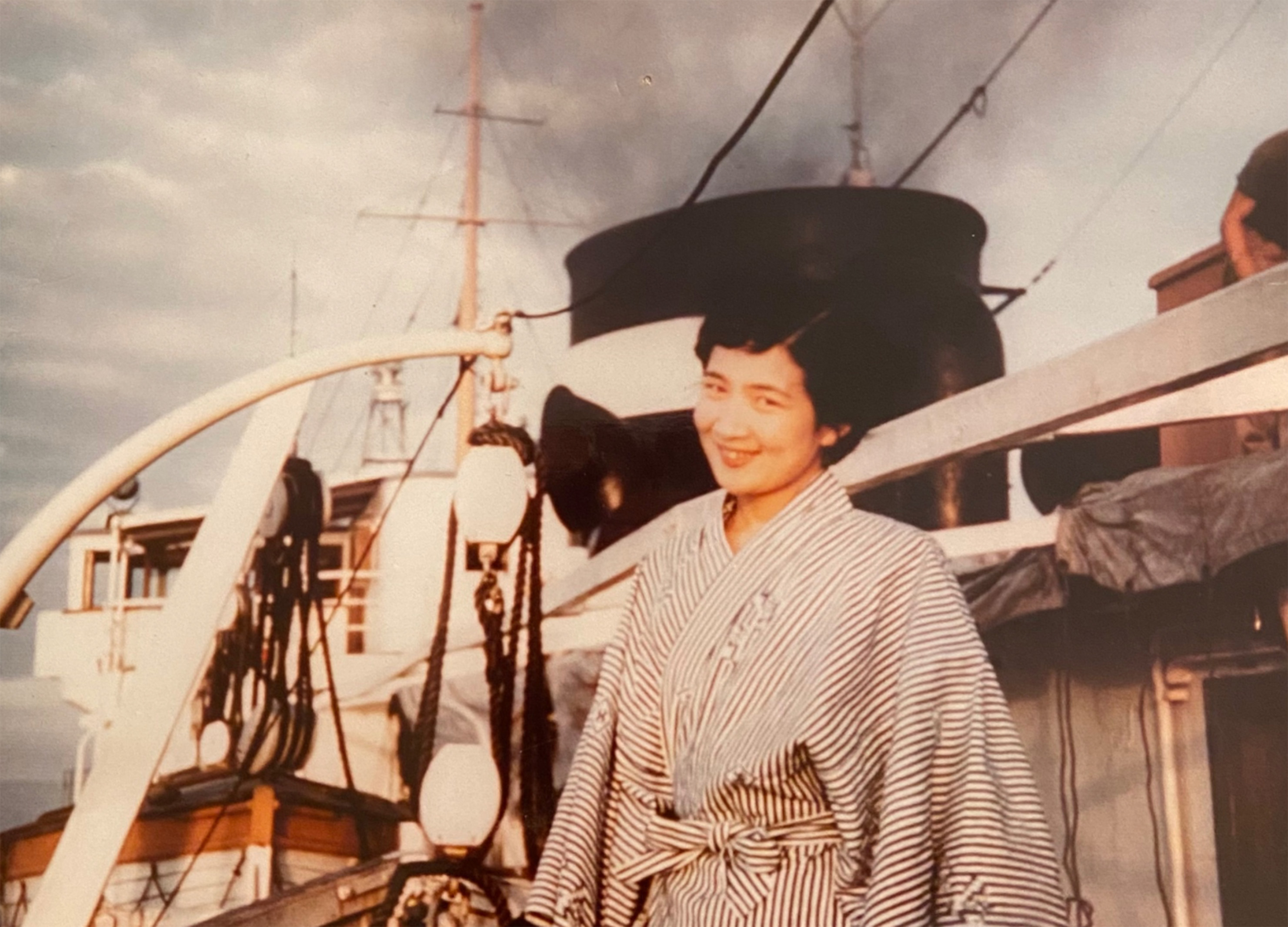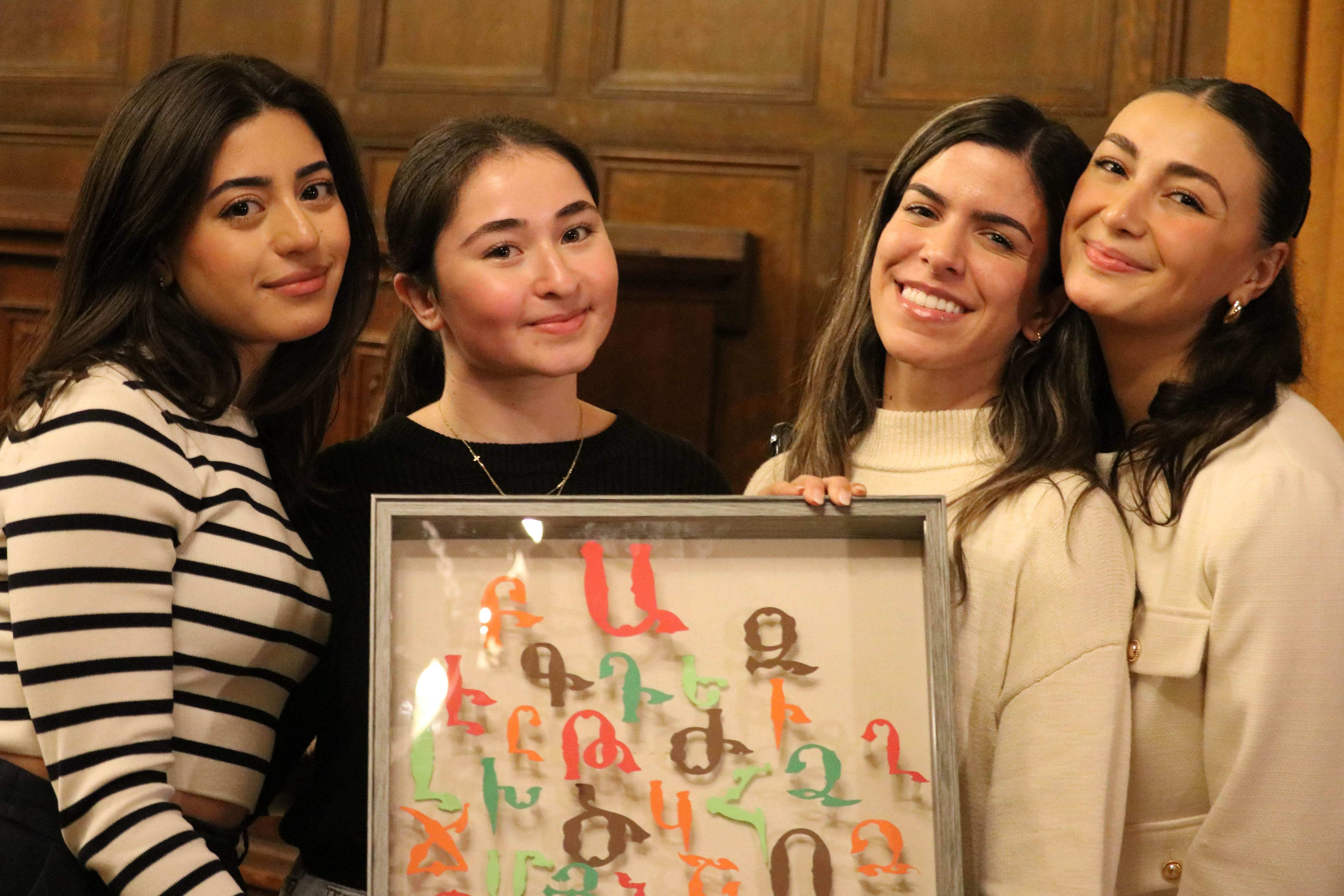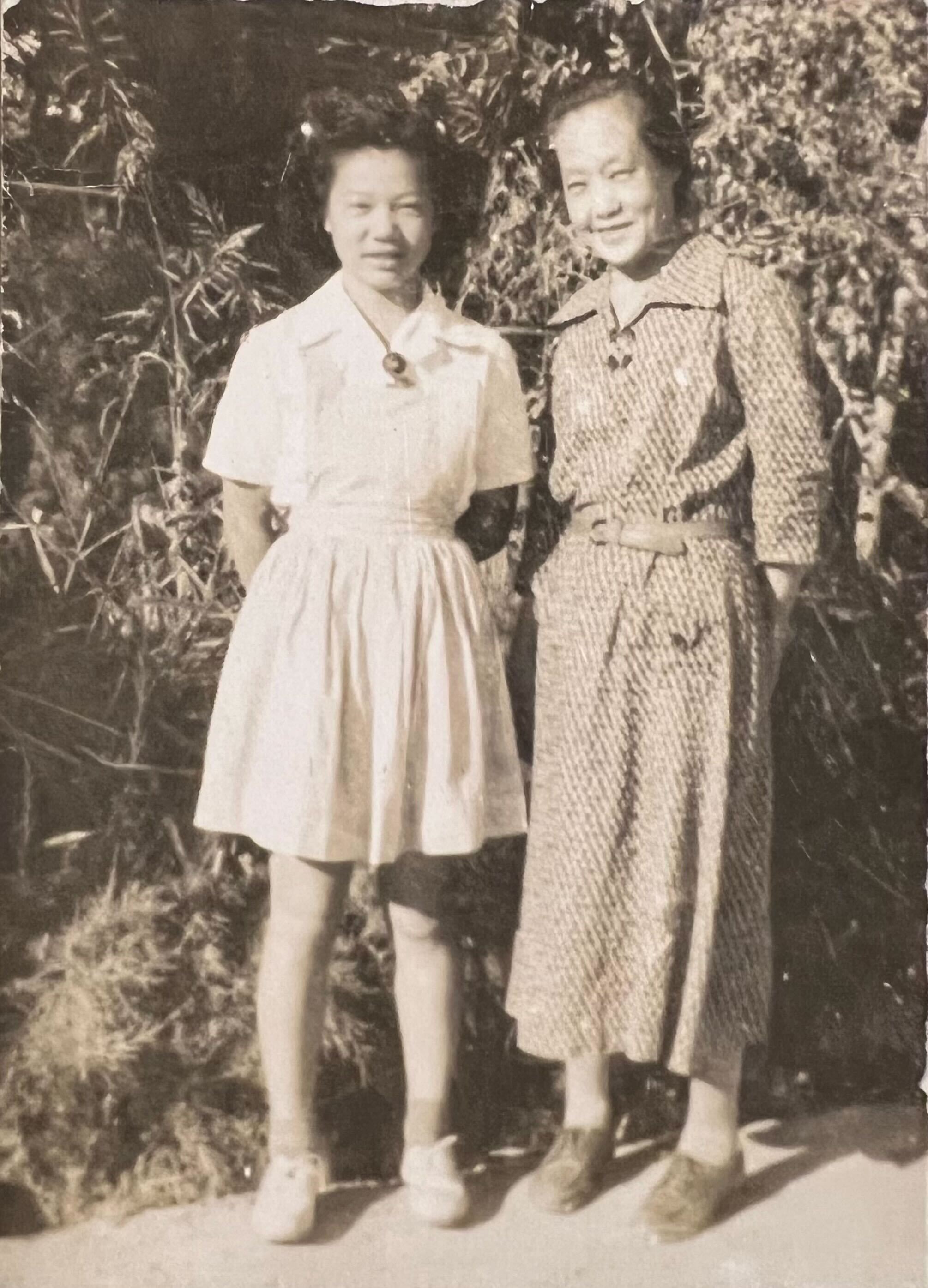Opinion: Embracing biracial identity through resilience, strength of female ancestors
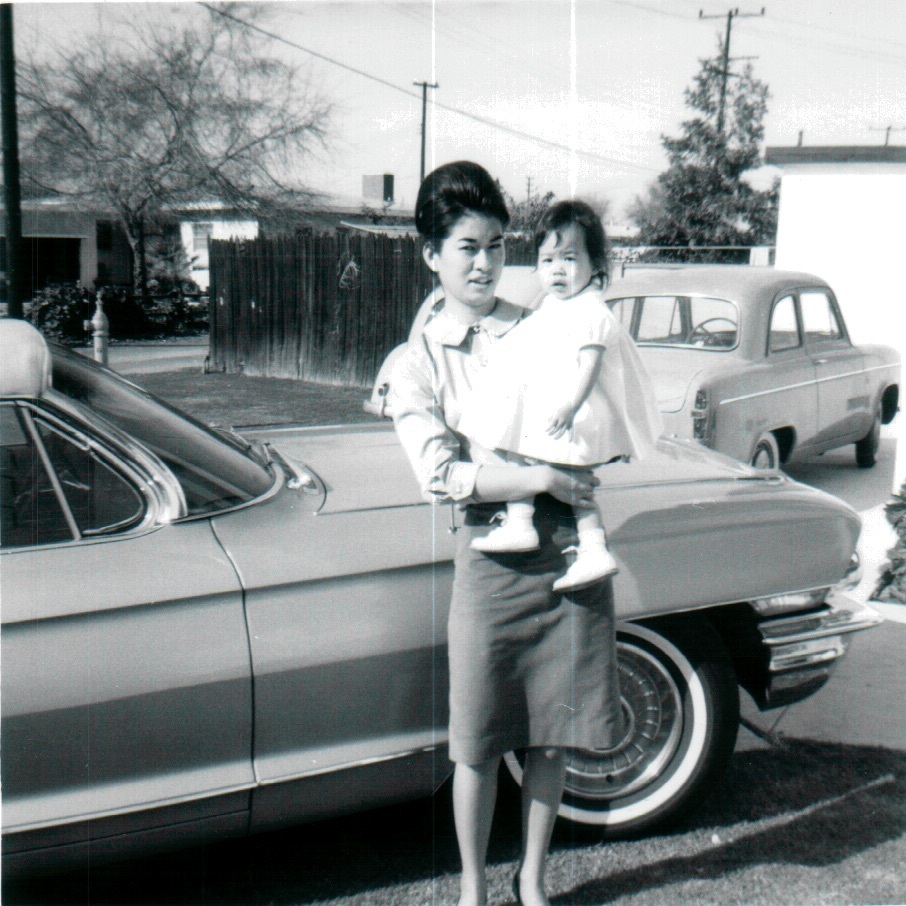
Janet Haraga, maternal grandmother of columnist Mia Burzminski, is pictured with her daughter Lori. Haraga was born in an internment camp for Japanese Americans in Arizona. (Courtesy of Mia Burzminski)
By Mia Burzminski
May 6, 2025 9:00 p.m.
“Please select your racial identity from the choices below.”
It’s that time of year, standardized testing season. Something every middle and high schooler knows and disdains. As I fill out the demographic questions on the program website, I’m stumped. My finger hovers over Polish. Then I glance down at Japanese.
I click one first, but as I check the second box, the first one deselects itself. I’m forced to choose “Other.”
I hit next and move on, feeling like some ambiguous individual unidentified by a one-box standard.
I’ve felt the complexities accompanying my two identities for the longest time. As a child, one was constantly erased, forgotten or denied by other students around me.
“I’m half Japanese,” I’d say.
“No, you’re not. Don’t be silly – you don’t even look Asian,” others would respond.
I learned to hate the parts of me that couldn’t be seen by the naked eye. I was constantly mistaken for other races, and my biracial identity was often just denied by others altogether.
Erasing my differences in pursuit of social acceptance from my peers led to feelings of shame and self-criticism. I felt isolated at the predominantly white schools I attended.
I felt torn between two sides, as if I never truly fit into one or the other. This often led me to wonder where I belonged. Still struggling to accept my racial heritage, I turned to other aspects of myself as a source of pride – specifically my female identity.
I began to reflect on the women in my family, recognizing the power they reclaimed for themselves through their words and actions, despite racial and social discrimination.
My Polish grandmother, Stefania Podgorska, was born in a small farm town in rural Poland sometime before World War II. When she was just 16, at the height of the Nazi regime and its destruction of the Jewish people and marginalized groups, she defied the status quo.
Rather than remaining complicit, Stefania, a young Catholic, hid 13 Jewish locals in her attic for almost two years. Despite many close encounters with the Gestapo and the dictatorial state, she held on to hope.
After the war, she fell in love with and married one of the men she had rescued. He turned out to be my grandfather.
Stefania has become a testament to the unrelenting strength imbued within the women in my family. I now choose to carry that with me.
However, I am not the only one inspired by her story.
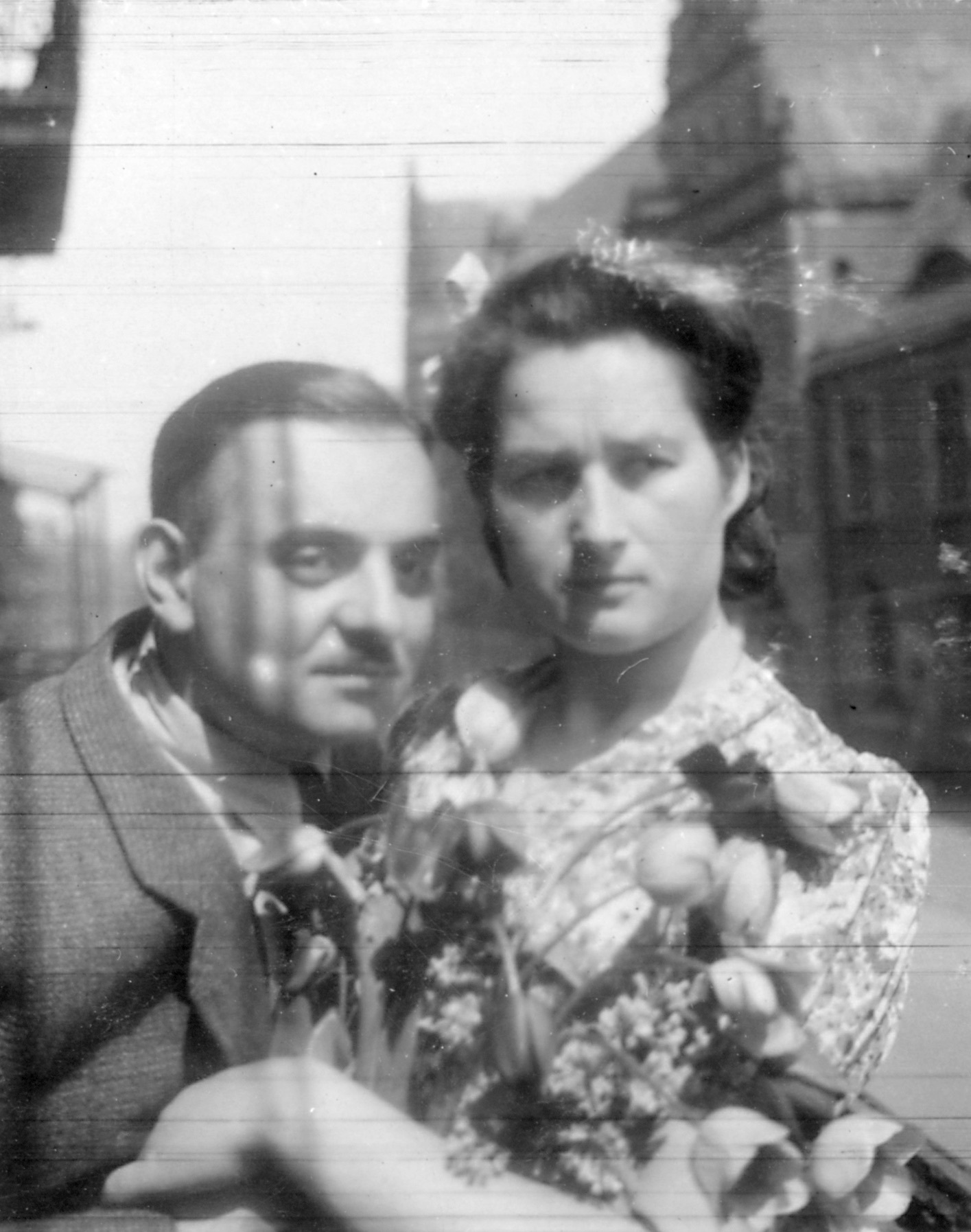
Her story gained traction after it was adapted into a historical fiction novel, “The Light in Hidden Places,” which was published by Scholastic.Her son, my dad, started The Stefi Foundation to honor her memory.
He and I now give presentations at community spaces and federal organizations, spreading the message of tolerance and emphasizing the importance of preserving history so as not to repeat it.
In a similar vein, my Japanese grandmother, Janet Haraga, was born in a Japanese internment camp in Gila River, Arizona. The discriminatory policies at the time forced her parents, along with my other Japanese relatives, away from their homes and businesses and into cramped, dirty barracks.
Despite this, Janet is one of the strongest women I know. Her brothers recall playing ball outside their makeshift shelter and finding moments of happiness in a time when American society sought to erase them.
Janet rebuilt her life after having everything taken from her. She raised two children on her own while rejecting the boundaries imposed upon her racial and gender identity.
Without her strength, my mother and I would not be here today. She is an intense advocate for social equity and emphasizes the importance of not letting the cycle of discrimination repeat itself.
Presently, we share stories, eat her homemade heart-shaped matzo ball soup – a nod to Stefania – and enjoy endless laughs about the idiocracy of a male-dominated world over dinner. She is also my loudest cheerleader.
Janet has taught me to take pride in the body I’m in and has never failed to remind me of the great things I will accomplish in my life.
Her fiery spirit often reminds me of Stefania’s.
Understanding their stories, I take pride in the vast differences between my two identities. Through their power, I have reignited my own. The history of the women who came before me transcends their racial heritage and is united in social justice, love and deep-rooted strength.
I am a medley of all the love that has come before me and all the women who dared to defy conformity and continue their legacies.
I am a manifestation of the passion, commitment, resilience and strength of both my Polish and Japanese ancestors. I now passionately identify with the parts of myself I used to want to erase.
Inspired by the activism in my lineage, I feel pride in using my voice to promote equality for all people, regardless of gender or racial identity.
Our differences unify us more than they separate us.


